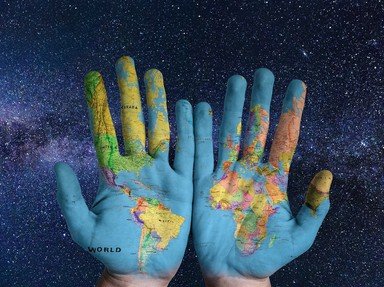Quiz Answer Key and Fun Facts
1. You were welcomed by the king, sipping from a Tequila Sunrise cocktail. The name of the cocktail pointed you to the correct answer. Which king appeared in person in several ballets?
2. Where the King is, there should also be a Queen. Which Queen could indeed have attended a garden party at Versailles? The red herrings lived long before the opening of this magnificent palace and gardens.
3. The next person you met at the garden party was the architect of this magnificent garden at the Palace of Versailles. Who rose to prominence with a very remarkable style of landscape architecture?
4. Ha, dinner is served! But which French cook could have made the meal for this garden party in Versailles in 1682? Alas, it is not someone whose name is familiar to 21st Century quizzers.
5. Who was that man with his goose quill in the corner? You may have read his theatre play about an imaginary invalid.
6. A group of children crossed your path. Louis Auguste, Louise Françoise, Françoise Marie and Louis Alexandre were the surviving children of the French king and his most important mistress in 1682. Who was the mother to this foursome?
7. You've spotted one of the great commanders of the French army sitting in a corner, commenting to a small audience his victory in Rocroi in 1643 - almost forty years ago. Who is this aging marshal?
8. It might have surprised you, but at last a clergyman turned up at the garden party. However, there is little historic reference to his life. So who was this rather obscure clergyman?
9. Music, maestro! Which of the following musicians wrote the music to the opera "Phaéton", first performed in Versailles in 1683?
10. The last person you met on this garden party could not keep his mouth about pressure cooking. Who was this French scientist and inventor?
Source: Author
JanIQ
This quiz was reviewed by FunTrivia editor
ponycargirl before going online.
Any errors found in FunTrivia content are routinely corrected through our feedback system.
